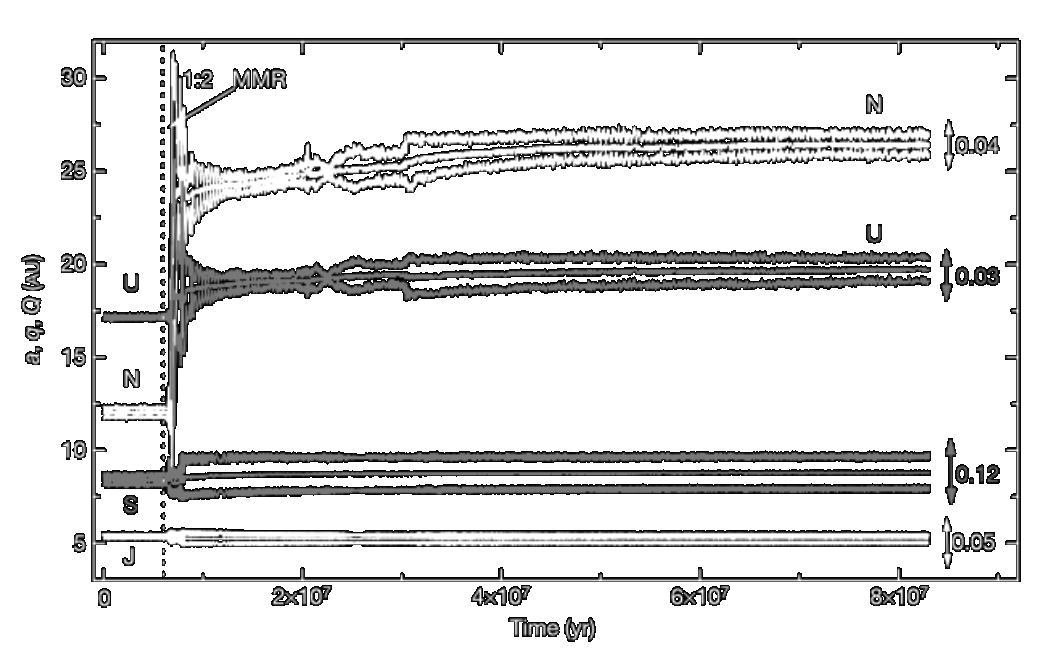Subrahmanyan Chandrasekhar (1910–1995) was born into a Brahmin family in Lahore, then India. At the age as early as 21, he was responsible for deriving a theoretical mass limit an ideal white dwarf star can achieve without collapsing in on itself, now referred to as the Chandrasekhar limit, and accepted at 1.39 M⊙. This was one of the most important discoveries in the 20th century as it paved the way for better understanding of the processes occurring during the collapses of degenerate stars that may lead to such phenomena as black holes—ingredients crucial for the development of our modern cosmological theories.
